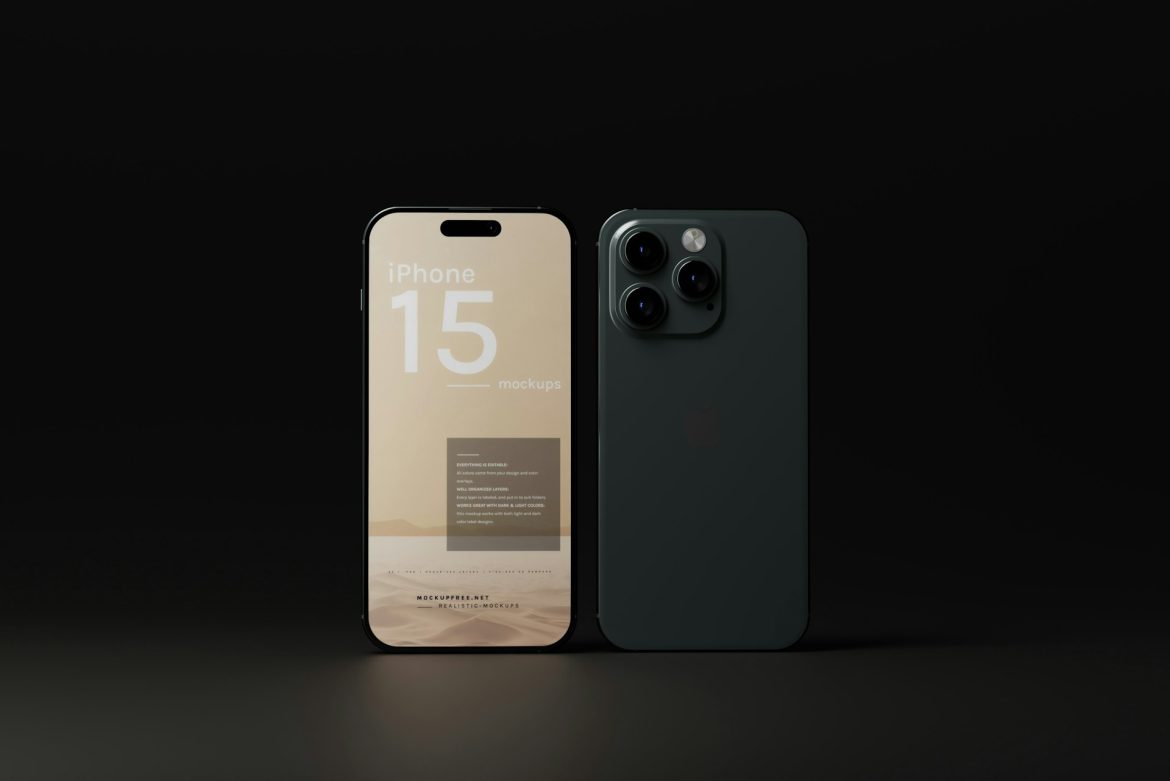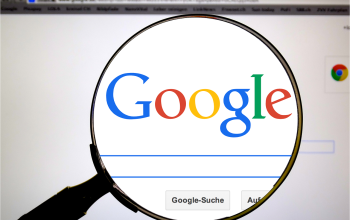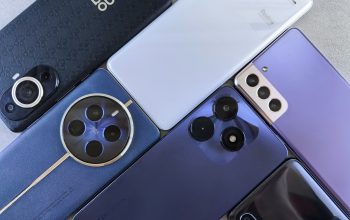In an age dominated by oversized smartphones, the compact flagship still has a place — and both Google and Apple seem to agree. With the release of the iPhone 15 and Pixel 8, two of the biggest names in tech continue to cater to users who prefer smaller, more manageable devices without compromising on performance.
Apple launched the iPhone 15 lineup in late 2023, and Google followed closely with the Pixel 8. Even halfway into 2024, these two remain some of the best compact options in the premium market. Both offer a high-end user experience wrapped in a smaller package, which is becoming increasingly rare in today’s smartphone landscape.
We spent several weeks with both phones — testing battery life, display quality, camera performance, and overall usability — to find out how they stack up. If you’re debating whether to buy one now or hold out for the iPhone 16 or Pixel 9, this head-to-head comparison might help you decide.
Design and Size
At first glance, the Pixel 8 and iPhone 15 seem to follow very different design languages, yet they share a common goal: compactness. The Pixel 8 maintains the bold, recognizable design introduced with the Pixel 6 — a horizontal camera bar on the back and a front-facing punch-hole camera. Meanwhile, the iPhone 15 carries on the sleek, minimalistic aesthetic established with the iPhone 12, with small refinements rather than radical changes.
Size-wise, the two are extremely close. The Pixel 8 measures 5.93 x 2.79 x 0.35 inches (150.5 x 70.8 x 8.9 mm), while the iPhone 15 comes in slightly smaller at 5.78 x 2.81 x 0.31 inches (146.7 x 71.5 x 7.80 mm). In hand, both feel comfortably mid-sized — not as compact as the now-discontinued iPhone mini, but significantly easier to use one-handed than their Pro or Pro Max counterparts.
Both devices use aluminum frames and glass backs. While Apple reserves titanium for its Pro models, aluminum remains a solid and durable choice. In fact, high-grade aluminum can compete with even stainless steel in terms of resilience and weight, making it a smart material for everyday use.
Another noteworthy change: the iPhone 15 finally adopts the USB-C port, thanks to new EU regulations. This brings it in line with most modern electronics and ends the era of the Lightning connector. As for physical buttons, both phones offer standard volume and power controls, though Apple’s new Action Button is still limited to the Pro lineup.
Color Options
Google and Apple have always placed emphasis on offering stylish and appealing color palettes for their devices, and this generation is no different.
Pixel 8 color options:
-
Obsidian
-
Hazel
-
Rose
Available iPhone 15 colors:
-
Black
-
Green
-
Yellow
-
Pink
-
Blue
Both brands offer softer, pastel tones this year, with Apple leaning into brighter shades, while Google favors more muted, elegant finishes.
Display Differences
Though the screen sizes are nearly identical, the panels themselves differ in execution. The Pixel 8 features a 6.2-inch OLED display with a refresh rate of up to 120Hz, making animations feel incredibly fluid and responsive. The iPhone 15, on the other hand, offers a slightly smaller 6.1-inch Super Retina XDR OLED display but sticks to a 60Hz refresh rate — a spec that feels a little dated for a 2024 flagship.
Both displays are sharp, vibrant, and support HDR content. However, the Pixel 8 has the upper hand when it comes to smoothness and responsiveness, thanks to that higher refresh rate. If you’ve used a 120Hz screen before, going back to 60Hz is definitely noticeable.
Performance
The iPhone 15 is powered by Apple’s A16 Bionic chip, the same one found in last year’s Pro models. It delivers outstanding performance, easily handling gaming, multitasking, and everything in between. Meanwhile, the Pixel 8 runs on Google’s own Tensor G3 chip, which prioritizes AI-powered features and machine learning enhancements.
In real-world usage, both devices feel fast and fluid, but Apple still holds a slight edge in raw power and efficiency. However, Google’s integration of AI tools — from advanced voice typing to photo editing — offers unique value that might be more important than sheer speed for many users.
Camera Systems
When it comes to photography, both phones shine, but in slightly different ways. The iPhone 15 features a 48MP main sensor and a 12MP ultra-wide lens. The Pixel 8 sports a 50MP primary sensor along with a 12MP ultra-wide camera. Both are capable of producing stunning images in a variety of lighting conditions.
The iPhone 15 tends to deliver more natural-looking photos with accurate skin tones and a balanced color profile. The Pixel 8, on the other hand, leans toward more vibrant colors and excels in contrast-heavy shots. Its AI-powered tools like Magic Eraser and Best Take also provide added flexibility when editing.
Video performance is excellent on both devices, with the iPhone maintaining its lead in terms of stabilization and cinematic feel. However, Google is catching up fast with new software enhancements.
Battery Life and Charging
Battery life on both phones is respectable but not class-leading. The iPhone 15 generally lasts a full day with moderate use, while the Pixel 8 performs similarly. Both offer wireless charging and fast wired charging, but only the Pixel supports slightly faster charging speeds overall.
Neither phone includes a charger in the box, so you’ll need to use your existing adapter or buy one separately.
Conclusion
Choosing between the Google Pixel 8 and Apple iPhone 15 ultimately comes down to ecosystem preference and personal priorities. If you’re deeply embedded in Apple’s ecosystem, the iPhone 15 is a natural choice with its seamless integration and powerful chip. However, if you’re looking for a fresh experience with smarter software and a smoother screen, the Pixel 8 is a compelling alternative.
Both are strong contenders in the compact flagship space — offering premium features, beautiful designs, and impressive cameras. And until the next generation drops, these two remain among the best small smartphones you can buy in 2024.



